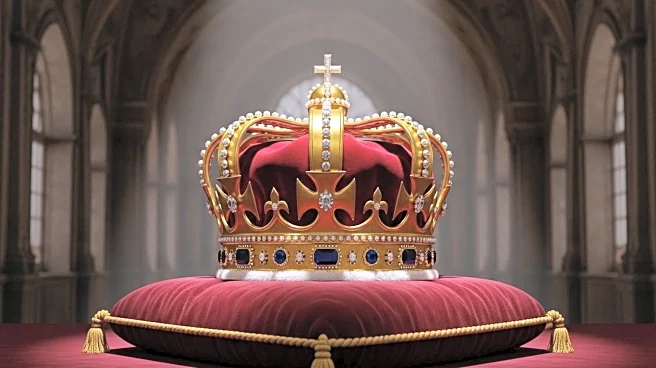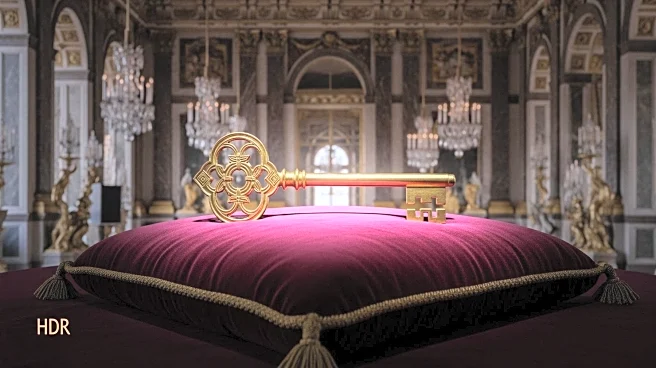The Palace of Versailles was not just a royal residence; it was a center of political power and decision-making. Under the leadership of Louis XIV, Versailles became the heart of the French monarchy, reflecting the king's vision of absolute power and control.
Leadership Context
Louis XIV's decision to move the royal court to Versailles in 1682 was a strategic move to consolidate power and control over the nobility. By centralizing the government at Versailles, he could keep a close watch on the aristocracy, ensuring their loyalty and reducing the risk of rebellion.
Decisions and Strategies
The construction and expansion of Versailles were driven by Louis XIV's desire to showcase his power and influence. The palace's opulent design and lavish gardens were intended to impress and intimidate, serving as a physical manifestation of the king's authority.
Outcomes and Accountability
The centralization of power at Versailles had significant outcomes, both positive and negative. While it strengthened the monarchy, it also contributed to the financial strain on France, leading to increased taxation and eventual unrest among the populace.
Lessons for U.S. Audiences
For U.S. audiences, the leadership at Versailles offers lessons in the complexities of power and governance. The palace's history highlights the importance of strategic decision-making and the potential consequences of centralized authority, providing insights into the balance between power and responsibility.
 Discover Daily • 8 min read
Discover Daily • 8 min read 











